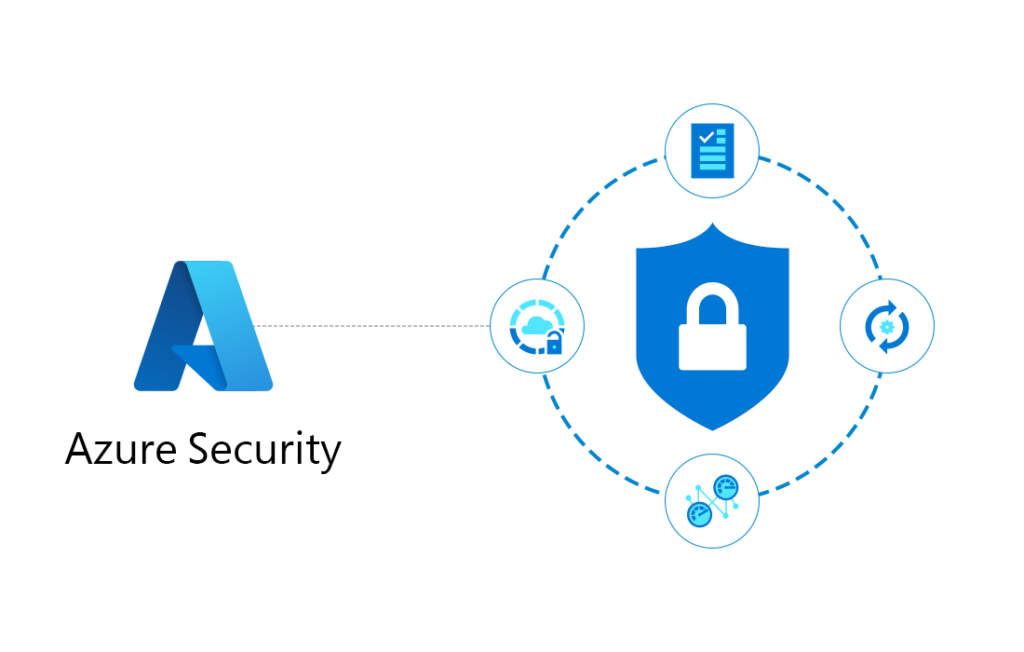Microsoft Azure is a powerful cloud platform that provides a wide array of services for businesses and organizations. While Azure offers robust security features, it’s essential to understand and address potential security pitfalls to protect your data and resources effectively. In this article, we’ll explore 10 Azure security mistakes to avoid.

Table of Contents
Here are the top 10 Azure Security mistakes to avoid:
Neglecting Identity and Access Management (IAM)
One of the most significant security mistakes is failing to establish proper identity and access controls. Implement role-based access control (RBAC) to ensure users have the right permissions, following the principle of least privilege. Learn Azure IAM.

Example: An organization failed to implement RBAC in Azure. As a result, a low-level employee had unintentional access to sensitive financial data, leading to a data leak.
Ignoring Multi-Factor Authentication (MFA)
Relying solely on passwords for authentication is risky. Enable MFA to add an extra layer of security, making it significantly more challenging for unauthorized users to access your Azure resources.

Example: A company relied solely on passwords for Azure access. A cybercriminal obtained an employee’s login credentials through a phishing attack, gaining unauthorized access to the organization’s Azure environment. Enabling MFA could have prevented this breach.
Unsecured Storage Accounts
Azure Storage is a versatile service, but leaving storage accounts open to the public or failing to enable encryption can expose sensitive data to potential breaches. Always secure your storage accounts properly.
Example: A developer left an Azure storage account wide open to the public. This misconfiguration exposed customer data, and the organization faced legal consequences and reputation damage when the breach became public.
Misconfigured Network Security Groups (NSGs)
Improperly configured NSGs can lead to security gaps or unnecessary restrictions. Regularly review NSG rules to ensure they align with your security requirements.
Example: A misconfigured NSG in Azure inadvertently blocked access to a critical application for an entire department, disrupting business operations until the issue was identified and resolved.
Neglecting Patch Management
Failing to keep virtual machines and Azure services up to date with patches and updates can leave vulnerabilities open to exploitation. Implement a robust patch management strategy.
Example: A company failed to apply critical security patches to its Azure VMs. Hackers exploited a known vulnerability, resulting in a data breach that exposed customer information.
Insufficient Monitoring and Logging
Effective security requires continuous monitoring and thorough logging. Azure offers tools like Azure Monitor and Azure Security Center for monitoring and alerting. Neglecting these tools can result in missed security threats.

Example: An organization did not set up proper monitoring in Azure. They failed to detect a series of suspicious activities, including multiple failed login attempts. By the time they realized it, a security breach had already occurred.
No Backup and Disaster Recovery Plan
Not having a backup and disaster recovery plan in place can result in significant data loss and downtime in the event of an unexpected incident. Leverage Azure’s backup and recovery services for data protection.
Example: A database containing critical customer data was accidentally deleted in Azure, and the organization had no backup or recovery plan in place. As a result, they lost valuable data and faced financial losses.
Disregarding Security Center Recommendations
The Azure Security Center provides valuable security recommendations and threat detection insights. Ignoring these recommendations can leave your environment vulnerable to known threats.
Example: Azure Security Center identified a vulnerability in an organization’s Azure environment but was ignored. This vulnerability was later exploited by a cyberattack, resulting in a costly security incident.
Lack of Employee Training
Inadequate security training for your Azure administrators and users can lead to misconfigurations and security breaches. Ensure that your team is well-informed about Azure security best practices.

Example: An Azure administrator made a misconfiguration due to a lack of training. This misconfiguration exposed sensitive financial data to unauthorized users, leading to compliance issues.
No Incident Response Plan
Even with strong preventive measures, security incidents can occur. Not having an incident response plan in place can lead to confusion and ineffective responses during a security breach. Develop and regularly update your incident response plan.
Example: A security breach occurred in an Azure environment, but the organization had no incident response plan. The lack of coordination and response procedures prolonged the breach, causing more significant damage.
